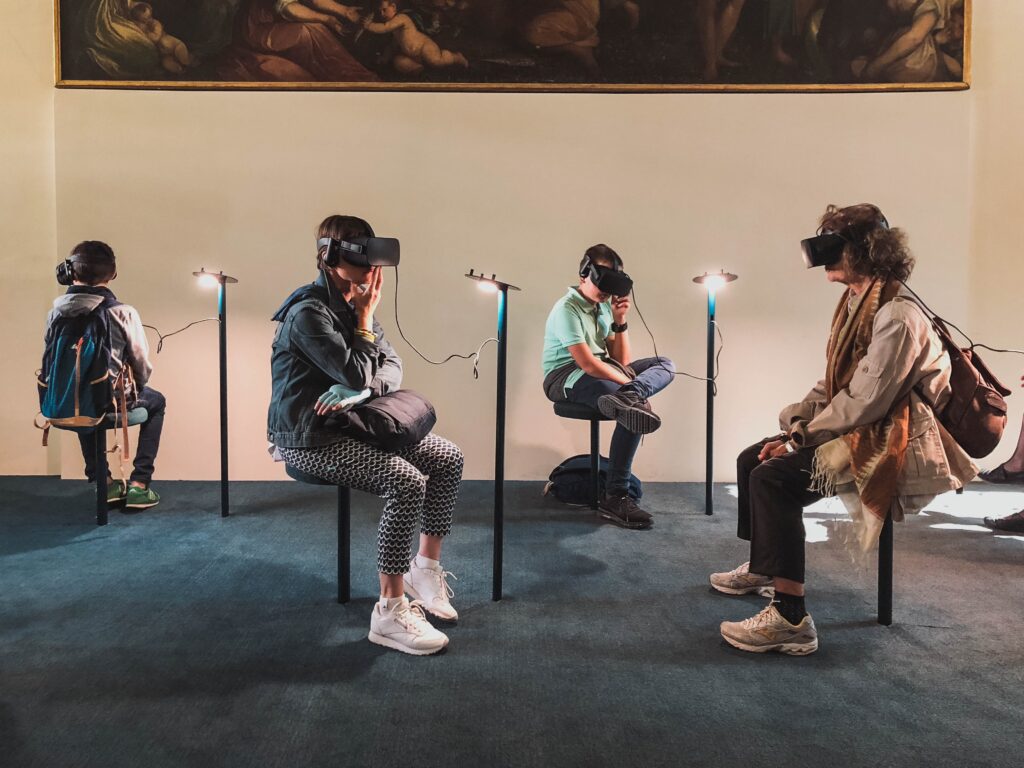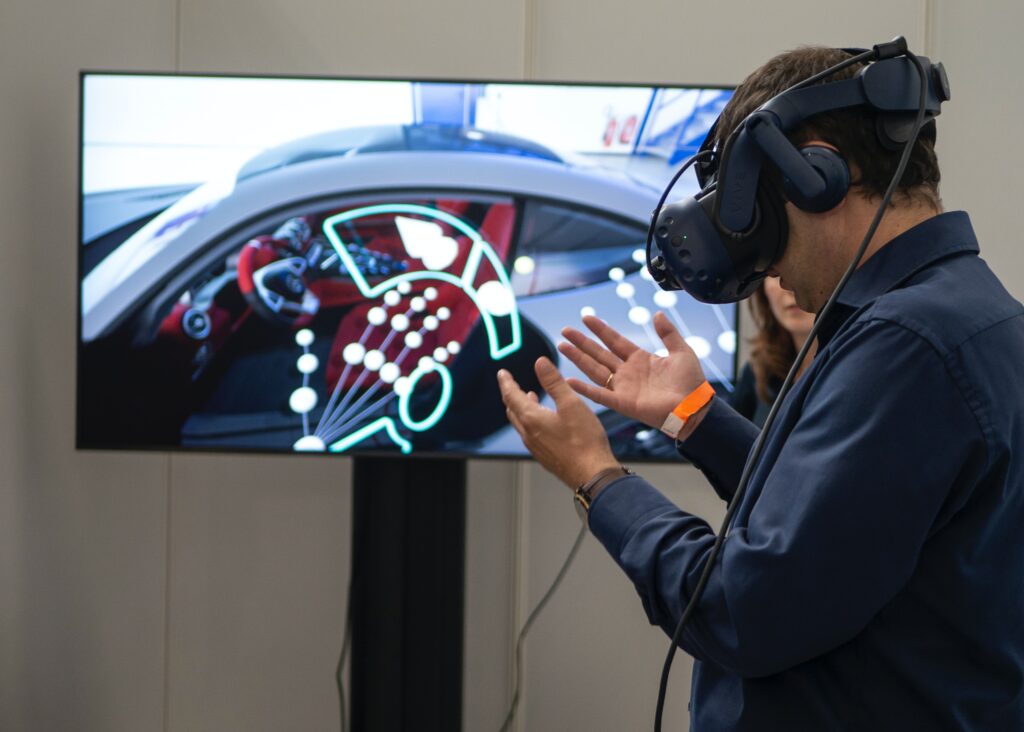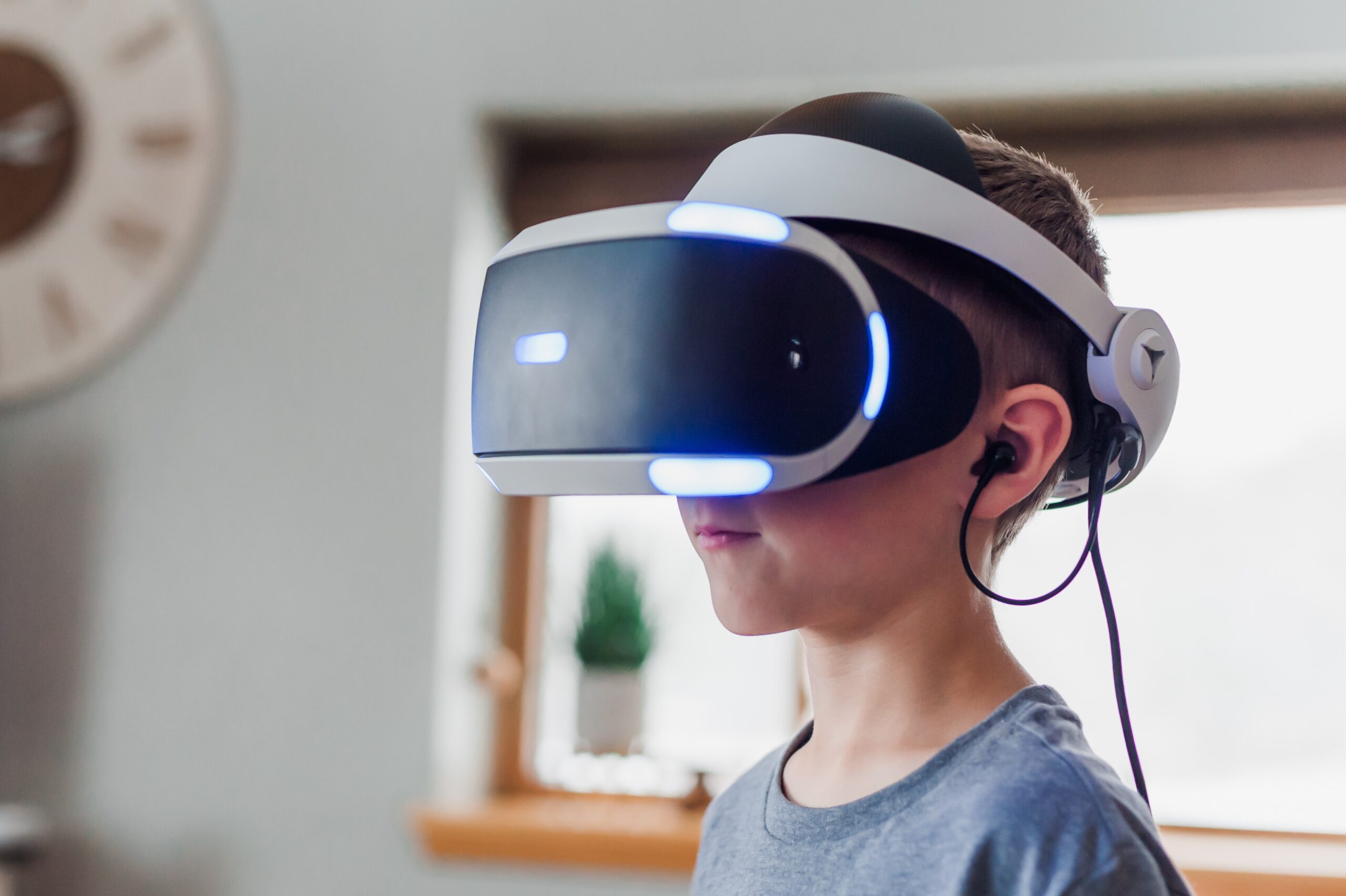The world of education has been constantly evolving, driven by technological advancements that aim to enhance the learning experience. Among these innovations, Augmented Reality (AR) stands out as a promising tool with the potential to revolutionize education. AR, a technology that overlays digital information and virtual objects onto the real world, offers a unique and immersive learning experience. In this blog, we’ll explore how AR plays a pivotal role in education, transforming traditional teaching methods and creating new possibilities for both students and educators.
How AR Plays an Important Role in Education

Augmented Reality is no longer confined to the realm of science fiction. It has made its way into classrooms and lecture halls worldwide, enriching the educational landscape. Here are some of the ways in which AR is shaping the future of education:
1. Enhanced Learning Engagement: AR brings textbooks, diagrams, and learning materials to life. It allows students to interact with 3D models, animations, and simulations, making complex concepts easier to understand. This engagement leads to improved retention and comprehension.
2. Personalized Learning: AR apps can adapt to the individual learning pace and style of each student. This personalized approach ensures that learners receive content that matches their needs and abilities, fostering a more efficient learning process.
3. Real-World Application: AR bridges the gap between theory and practice. Students can visualize historical events, explore the human body in 3D, or conduct virtual chemistry experiments. This hands-on approach enhances understanding and critical thinking.
4. Gamified Learning: Educational games and quizzes using AR make learning fun and interactive. Gamification not only motivates students but also fosters competition and collaboration, further enriching the educational experience.
How AR is Transforming the Education Experience

Augmented Reality (AR) is reshaping education by offering virtual field trips, enabling remote learning, and facilitating practical skill development. It bridges the gap between theory and practice, captivating students’ attention, making learning immersive, and preparing them for real-world challenges. AR enriches the educational experience with interactive, memorable lessons.
The impact of AR on education is profound. Traditional methods of teaching are being reinvented, and here’s how:
1. Virtual Field Trips: AR allows students to take virtual field trips to historical sites, museums, or even outer space. They can explore these places as if they were physically there, making learning more engaging and memorable.
2. Remote Learning: Especially relevant in today’s world, AR enables remote learners to participate in immersive educational experiences. Students can collaborate with classmates and engage in AR-assisted lessons from the comfort of their homes.
3. Practical Skills Development: AR is invaluable in vocational and professional training. Medical students can practice surgeries on virtual patients, while mechanics can learn to repair engines in a risk-free digital environment.
Benefits of AR Technology

Augmented Reality (AR) in education enhances learning by making complex concepts tangible, fostering engagement, and catering to diverse learning styles. It promotes interactive, hands-on experiences, improves comprehension, and enables personalized learning. AR’s versatility extends to remote education, accessibility, and real-world skill development, equipping students for future success.
The integration of AR into education brings several significant advantages:
1. Improved Understanding: Visualizing complex concepts and processes in 3D enhances comprehension, particularly for subjects like science, mathematics, and engineering.
2. Increased Engagement: AR-based lessons captivate students’ attention and motivate them to actively participate in learning activities.
3. Accessibility: AR makes education more accessible to students with different learning styles and needs, including those with disabilities.
4. Real-World Skills: Students gain practical, real-world skills through hands-on AR experiences, preparing them for future careers.
Conclusion
As technology continues to advance, Augmented Reality is poised to become an integral part of the educational landscape. Its ability to engage, personalize, and enhance the learning experience offers immense potential for students of all ages. Whether used in traditional classrooms or remote learning environments, AR is transforming education by making it more interactive, immersive, and effective. Embracing AR in education represents a significant step forward in preparing students for the challenges of tomorrow’s world, and educators and institutions should continue to explore its possibilities for the benefit of current and future generations.
FAQs
1. What exactly is Augmented Reality (AR), and how does it differ from Virtual Reality (VR) in the context of education?
In the context of education, AR overlays digital information onto the real world, enhancing the physical environment with virtual elements. It differs from VR, where users are completely immersed in a digital environment. AR allows students to interact with the real world while augmenting it with digital content, while VR creates a fully immersive digital experience.
2. Are there any age restrictions or grade levels for implementing AR in education?
AR can be adapted for various age groups and grade levels. It is used from early childhood education to higher education and even in professional training. The age appropriateness and complexity of AR applications can vary, so educators can select AR experiences that match the cognitive abilities and learning goals of their students.
3. What hardware and software are required to use AR in the classroom?
The hardware and software requirements for AR in education can vary depending on the specific application. For basic AR experiences, a smartphone or tablet with a camera and AR-capable apps is often sufficient. More advanced AR setups might involve AR headsets or glasses. The software typically includes AR apps and platforms that educators can use to create or access AR content.
4. How do educators receive training to effectively integrate AR into their teaching methods?
Educators interested in incorporating AR into their teaching can benefit from professional development programs and online resources. Many educational technology companies offer training and support for teachers looking to integrate AR into their curriculum. Additionally, online courses, workshops, and communities of practice can help educators share best practices and learn from one another.
5. Are there any privacy concerns or ethical considerations when using AR in education?
While AR offers many benefits, it also raises privacy and ethical concerns. Educators and institutions should consider issues such as data privacy, informed consent, and the responsible use of AR technology. It’s essential to ensure that student data is protected and that ethical guidelines are followed when using AR in educational settings.

